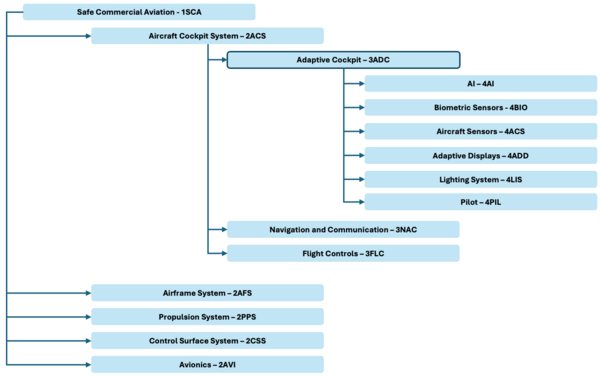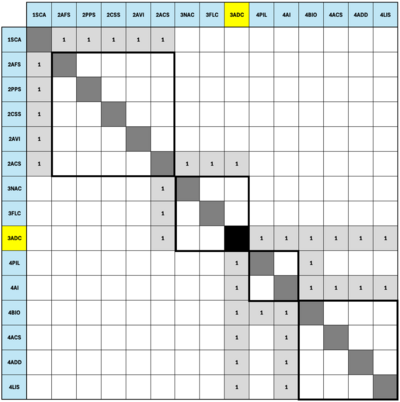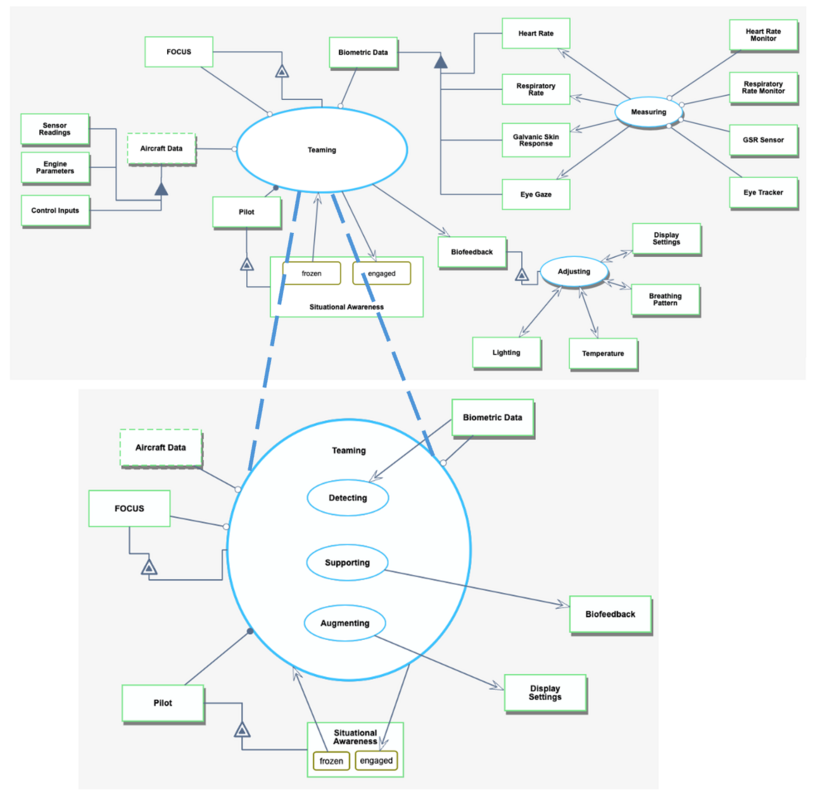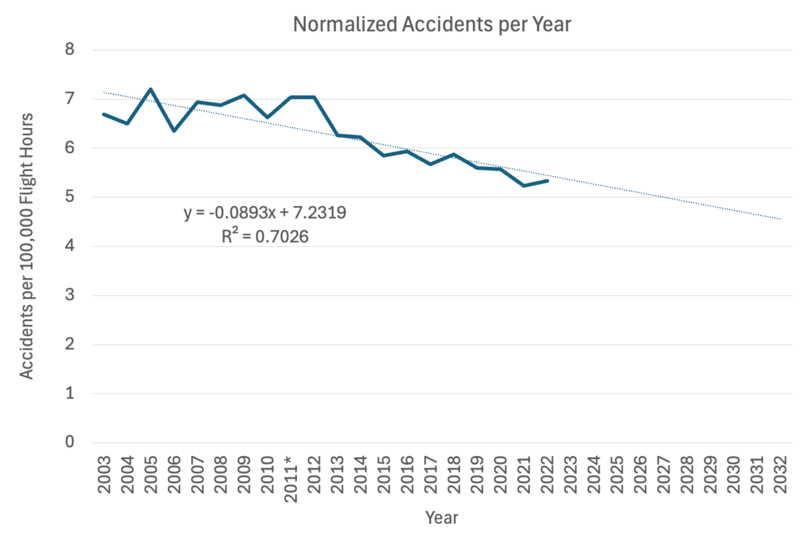Difference between revisions of "AI Safety Aviation"
| Line 1: | Line 1: | ||
= Roadmap Overview = | = Roadmap Overview = | ||
FOCUS: Flight Operational Companion for Unexpected Situations | |||
FOCUS is an advanced, AI-driven assistant designed to help commercial pilots manage sudden and surprising events within the cockpit. In high-stress situations, pilots may experience natural “freeze” reactions, delayed responses, or unintended inputs, which can compromise safety and increase risk. FOCUS has been designed to address this challenge by monitoring for signs of such startling events in aircraft readings and pilot biometrics. After detection, FOCUS will provide real-time guidance to help pilots quickly regain situational control. Through intuitive, timely interventions, FOCUS enhances flight safety by enabling pilots to confidently navigate complex and unexpected scenarios. This technology roadmap outlines the developmental path for FOCUS, highlighting its role in advancing safety, reducing operational risks, and supporting pilots with reliable, real-time assistance. | |||
= DSM Allocation = | = DSM Allocation = | ||
Revision as of 06:16, 5 November 2024
Roadmap Overview
FOCUS: Flight Operational Companion for Unexpected Situations
FOCUS is an advanced, AI-driven assistant designed to help commercial pilots manage sudden and surprising events within the cockpit. In high-stress situations, pilots may experience natural “freeze” reactions, delayed responses, or unintended inputs, which can compromise safety and increase risk. FOCUS has been designed to address this challenge by monitoring for signs of such startling events in aircraft readings and pilot biometrics. After detection, FOCUS will provide real-time guidance to help pilots quickly regain situational control. Through intuitive, timely interventions, FOCUS enhances flight safety by enabling pilots to confidently navigate complex and unexpected scenarios. This technology roadmap outlines the developmental path for FOCUS, highlighting its role in advancing safety, reducing operational risks, and supporting pilots with reliable, real-time assistance.
DSM Allocation
Roadmap OPD
Figures of Merit
| Figure of Merit | Description | Trends | Units |
|---|---|---|---|
| Incident Rate | Rate of incidents and accidents normalized by flight time aircraft | decreasing |
|
| System Maintainability | How much time is spend maintaining aircraft systems, measured by comparing maintenance time per flight time | decreasing |
|
| Response Time | Time required to identify and mitigate safety issues | flat |
|
| System Uptime | Amount of time aircraft is available to be dispatched on a mission as a percentage of wall time | increasing |
|
| Cognitive Load on Crew | As measured by industry standard NASA TLX score | flat |
|



